If you're looking to celebrate the Irish holiday of St. Patrick’s Day and partake in festivities but don't know much about the holiday, these fun facts may give you a better understanding.
Did you know that St. Patrick's Day marks the death of St. Patrick, who wasn’t Irish?
You may also wonder why we wear green that day, since St. Patrick wore the color blue most often — or why the day is called "St. Patrick’s Day" in the first place.
ST. PATRICK'S DAY QUIZ! HOW WELL DO YOU KNOW THE FACTS ABOUT THE FESTIVE HOLIDAY?
And why has the day become a holiday of heavy drinking since it used to be a dry, religious holiday?
Read on to find out unique facts about St. Patrick's Day.
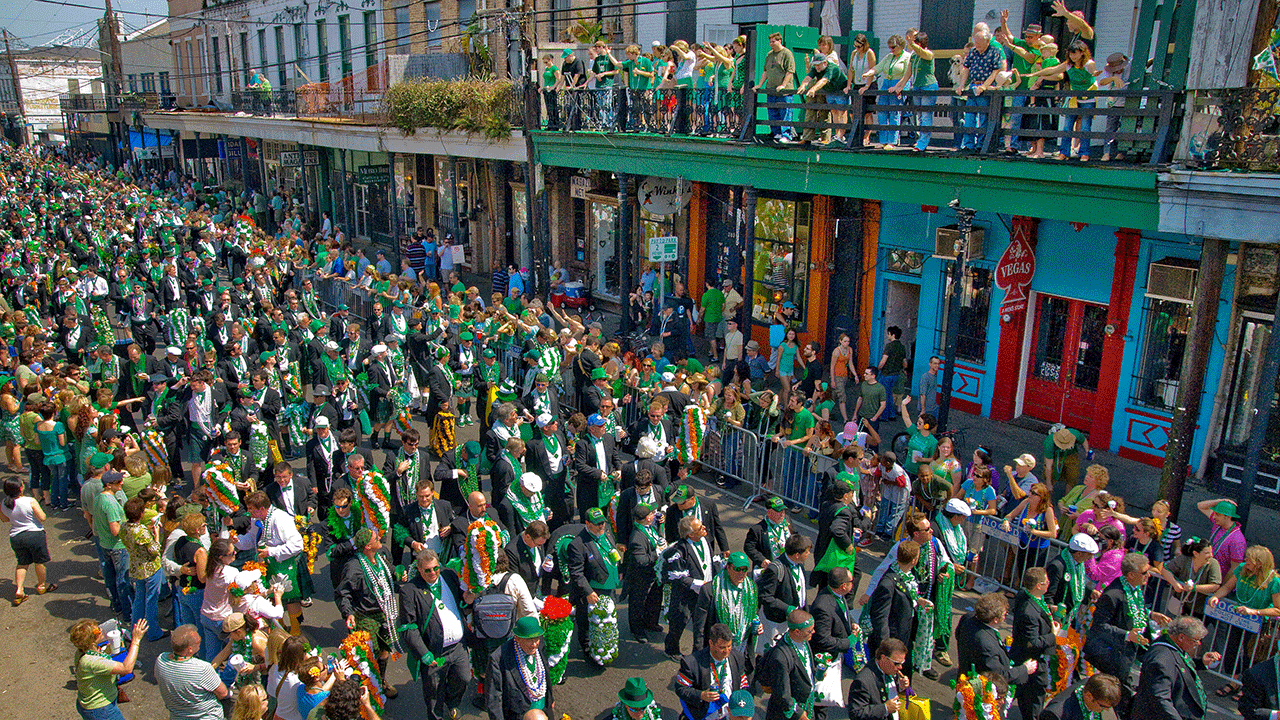
While St. Patrick's Day used to be more of a religious holiday, it is now a day filled with parades, drinking and celebrating Irish heritage. (Matthew Hinton/AFP via Getty Images)
- St. Patrick’s Day used to be a religious feast
- St. Patrick was actually from Britain
- St. Patrick’s birth name was Maewyn Succat
- The first St. Patrick’s Day parade was in the United States, not Ireland
- St. Patrick’s most revered color was blue, not green
- Corned beef and cabbage started in the United States
- St. Patrick’s Day used to be a dry holiday
1. St. Patrick’s Day used to be a religious feast day
While the day still does have religious ties, it has become more about Irish pride and heritage than religion.
ST. PATRICK'S DAY: THE HISTORY BEHIND THE HOLIDAY IN THE UNITED STATES
The St. Patrick’s Day celebration dates back to the ninth or 10th century, according to The Daily Meal. The day celebrated Saint Patrick, the patron saint of Ireland. March 17 marks what was known to be the day he died.
Since St. Patrick was a Christian who brought the religion to Ireland, the day was a religious celebration.
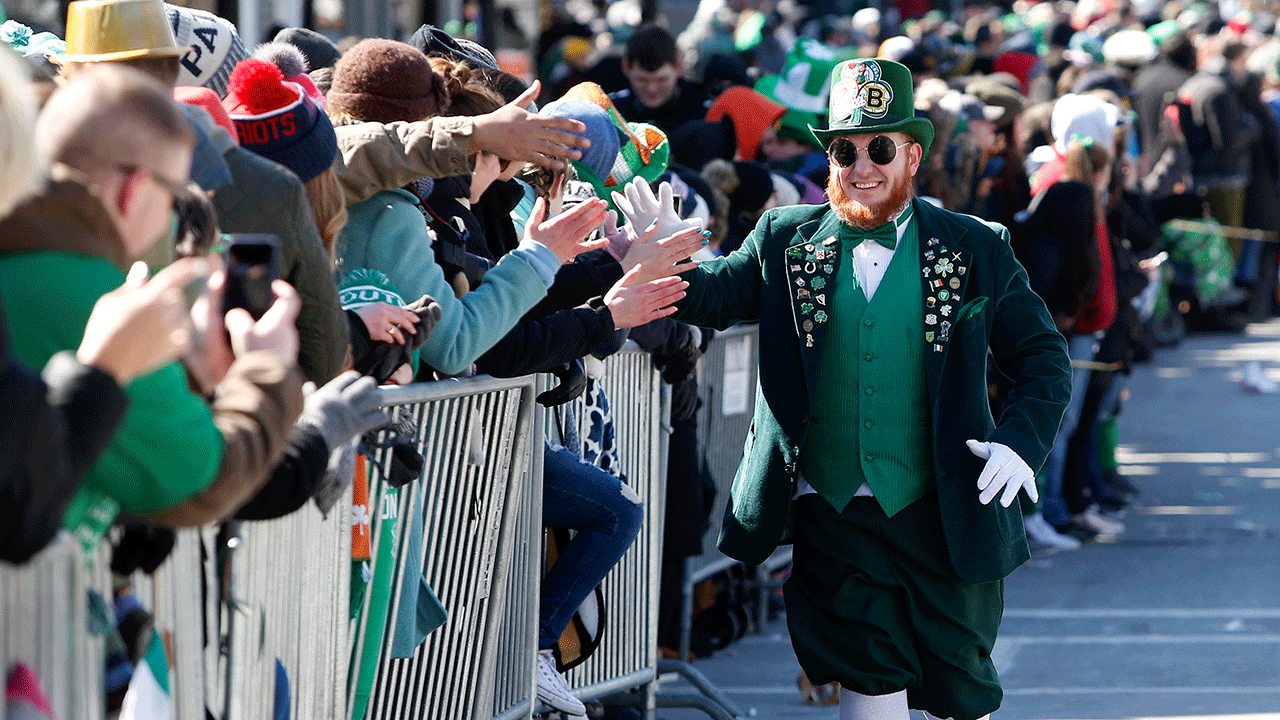
St. Patrick's Day is celebrated March 17, the day St. Patrick is said to have died. (Jessica Rinaldi/The Boston Globe via Getty Images)
2. St. Patrick was actually from Britain
Did you know that St. Patrick wasn’t from Ireland? The story of St. Patrick, according to The Daily Meal, is that he was born in the fourth century and was enslaved as a teenager. He was taken from Britain to Ireland, but he escaped.
SLOW-COOKER IRISH SODA BREAD IS THE EASIEST RECIPE FOR ST. PATRICK'S DAY
He later returned to Ireland as a missionary to bring Christianity to the native people.
3. St. Patrick’s birth name was Maewyn Succat
Although many of the details of his life are not known, according to Biography.com, his birth name was Maewyn Succat. He later changed his name to Patricius or Patrick when he became a priest, according to Time Magazine.
4. The first St. Patrick’s Day parade was in the United States
Ireland was not the first to hold a St. Patrick’s Day parade. It was actually held in the United States.
Records reveal the first parade took place in what is now St. Augustine, Florida, in 1601, according to History.com.
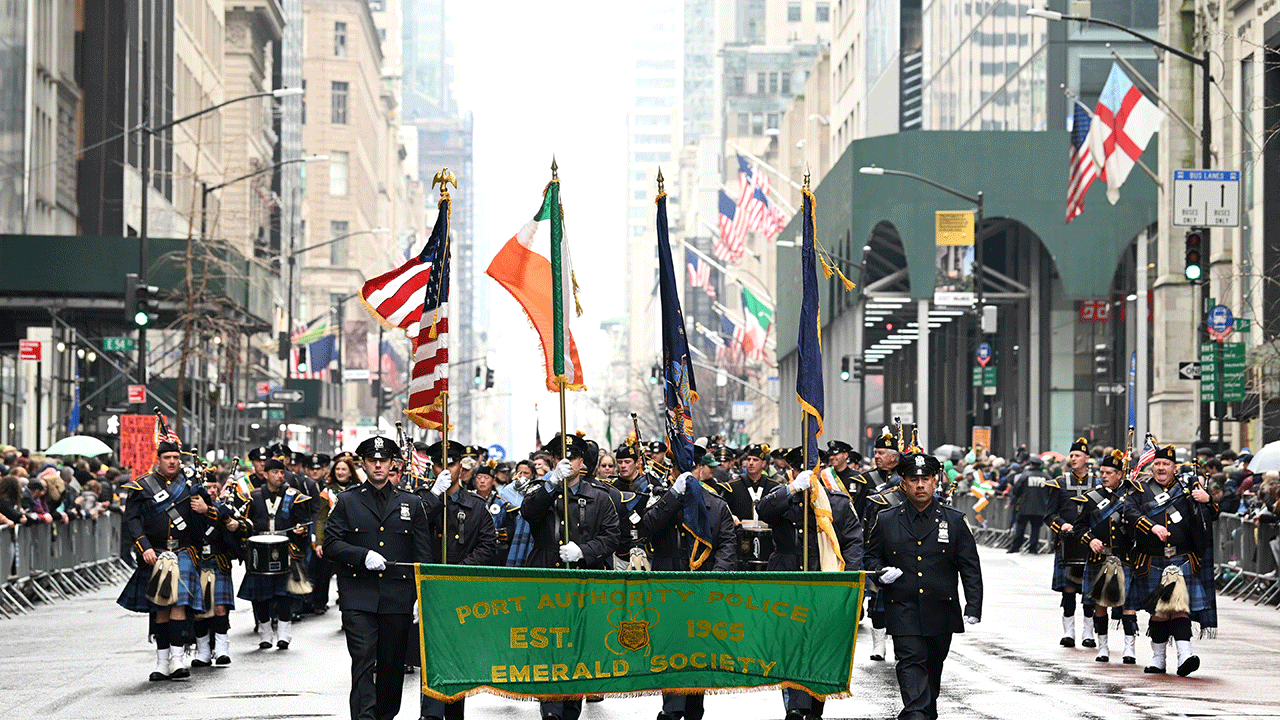
One of the oldest running St. Patrick's Day parades happens in New York City. (Slaven Vlasic/Getty Images)
The New York City St. Patrick's Day parade became a huge celebration in the U.S. beginning in 1762.
5. St. Patrick’s most revered color was blue, not green
Green is now the color of St. Patrick’s Day, but St. Patrick himself wore blue. Early representations of St. Patrick show him wearing blue clothing, according to Smithsonian Magazine. If St. Patrick’s official color was blue, why is green the color associated with the day?
CLICK HERE TO SIGN UP FOR OUR LIFESTYLE NEWSLETTER
There are a few different theories why green became the color of St. Patrick’s Day.
The first theory is connected to Irish folklore, which says that wearing green makes one invisible to leprechauns who like to pinch, according to National Geographic. To avoid being pinched, green is worn.
Another reason that green is displayed across the world on St. Patrick's Day, according to USA Today, is the green in the Irish flag. It is also said that St. Patrick used green shamrocks to teach about the Holy Trinity, according to Reader's Digest.
6. Corned beef and cabbage started in the United States
The traditional corned beef and cabbage meal served on St. Patrick's Day started in the U.S., not Ireland.
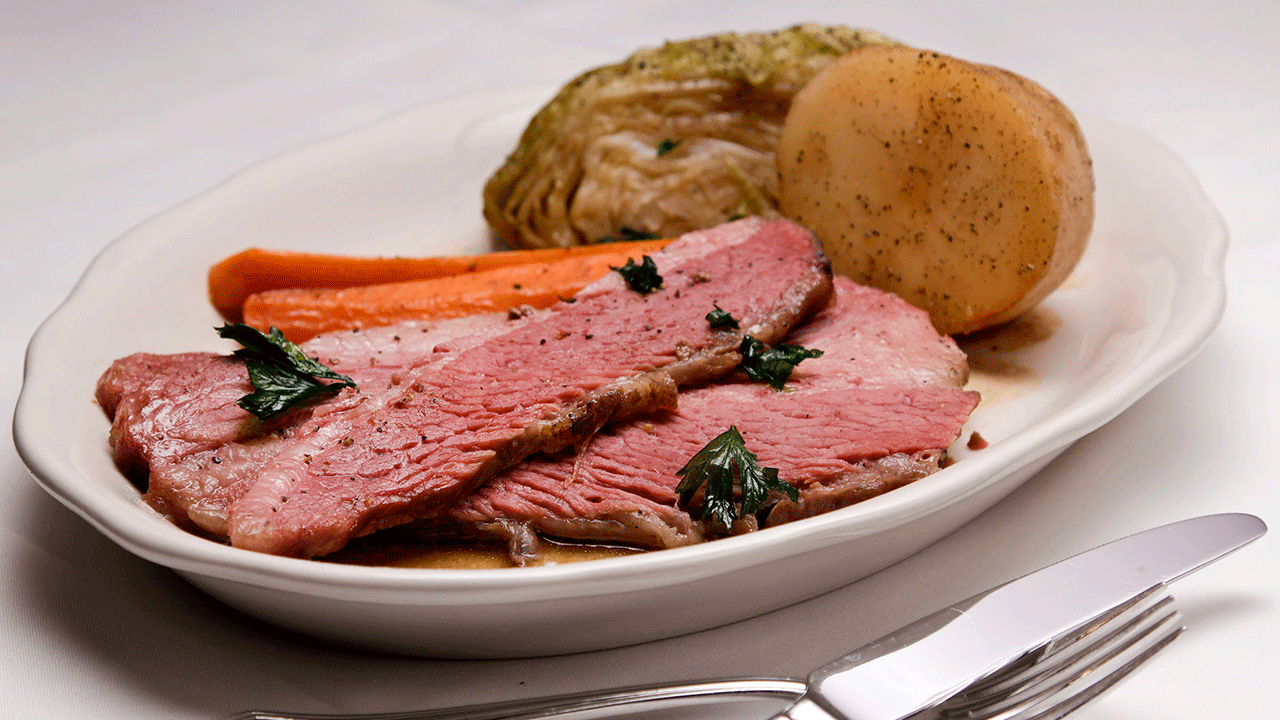
Corned beef and cabbage was first served in the United States and has remained a St. Patrick's Day staple. (Ricardo DeAratanha/Los Angeles Times via Getty Images)
Corned beef was eaten by Irish immigrants when they came to the United States. It was a cheaper substitute for bacon, according to Delish.
CLICK HERE TO GET THE FOX NEWS APP
Cabbage, like corned beef, was an inexpensive vegetable option for Irish immigrants.
7. St. Patrick’s Day was once a dry holiday
St. Patrick’s Day today is one of the most popular drinking days of the year, but that wasn’t always the case.
This was because of the religious origins of the day, according to Good Housekeeping. Since it was a religious holiday, pubs were closed.
It wasn’t until the late 1970s when that changed.
Ashlyn Messier is a writer for Fox News Digital.
.png)
 1 year ago
7
1 year ago
7








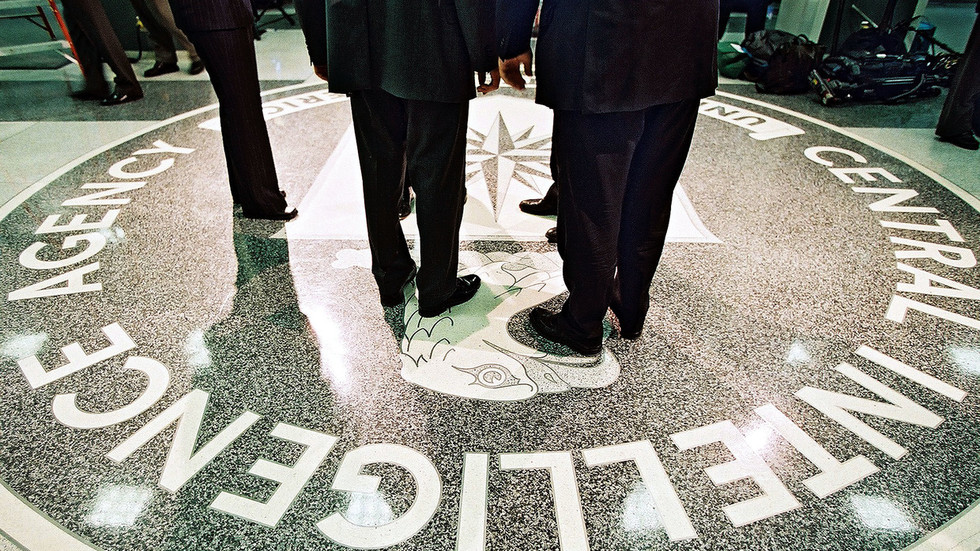
 English (US) ·
English (US) ·